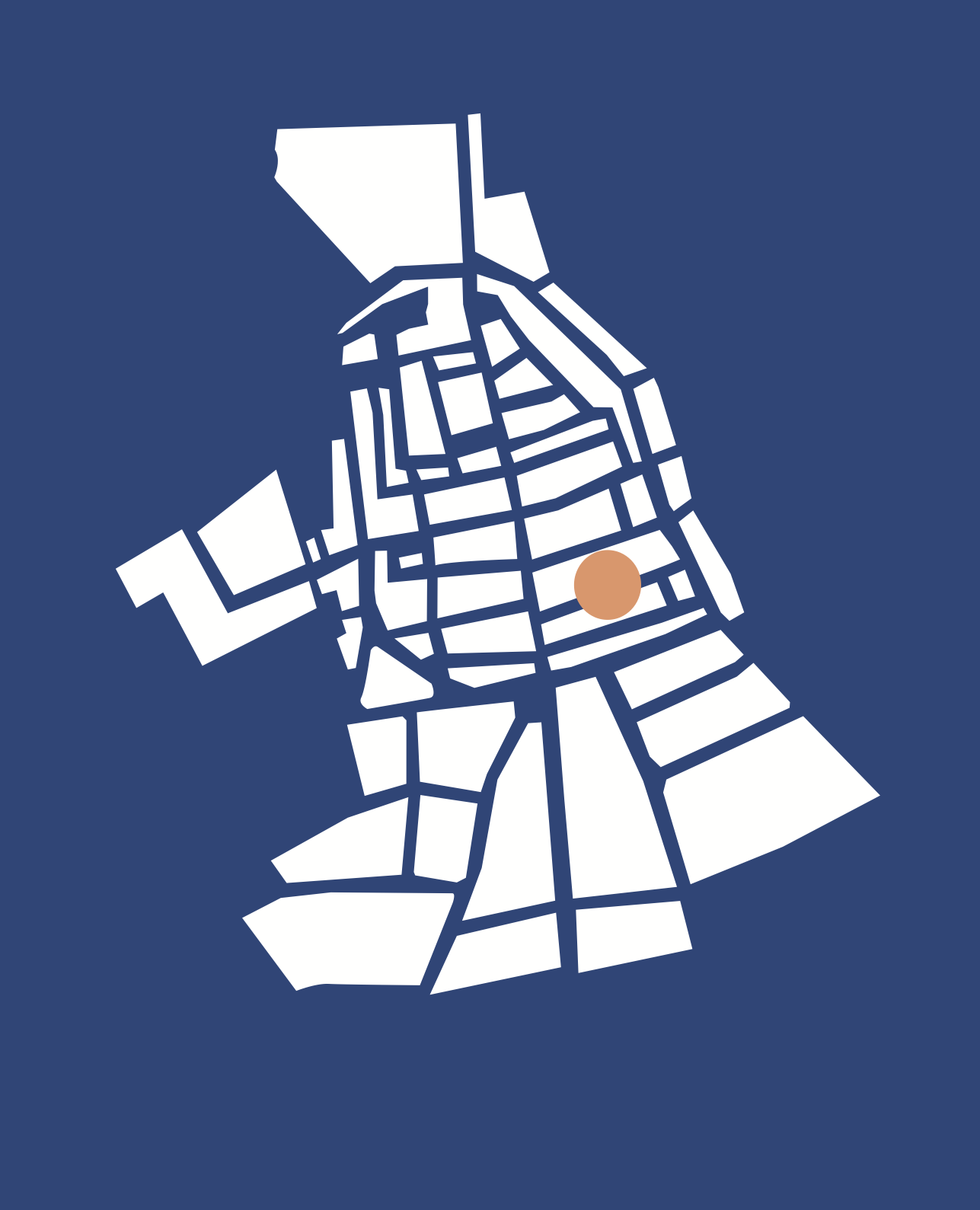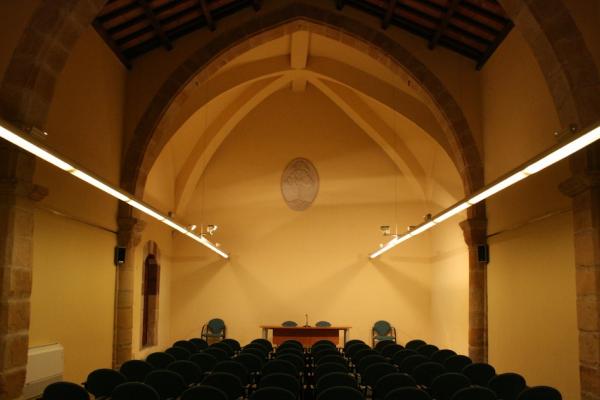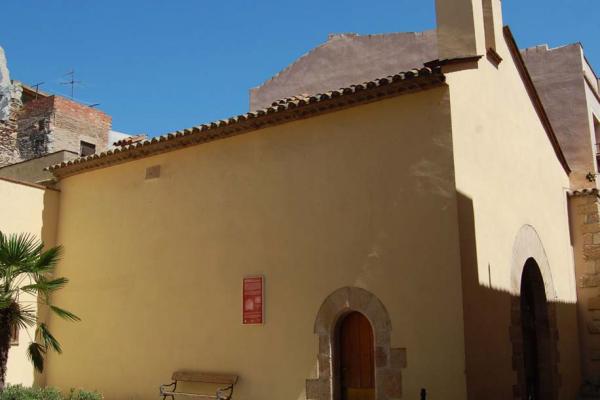For over five centuries, from 1330 to 1847, the capella de Sant Jaume i Santa Llúcia (Saint James and Saint Lucy Chapel) housed La Selva hospital. Yet this was not the first hospital in town. Before this the Casa de Malalts (House of the Sick) and the Hospital de Pobres (Hospital of the Poor) existed outside the town walls.
Keywords: Middle Ages, Gothic, health, chapel.
The Medieval hospital
The Saint James and Saint Lucy Hospital was built in the early fourteenth century. Yet this was not La Selva’s first hospital. Before this, two others existed outside the town walls. The first was the Casa de Malalts (House of the Sick), situated where the current courtyard of the Convent de Sant Agustí (Saint Augustine Convent) lies, close to the Torrent de Cassans stream. It was active until the late eighteenth century. The second hospice, known as the Hospital de Pobres (Hospital of the Poor), was built in 1298 where the Saint Augustine Convent Church now stands. It was erected due to the unhealthy conditions found in the Casa de Malalts.
The Saint James and Saint Lucy Chapel
In 1330, the Hospital de Pobres had become obsolete and so it was decided to provide another, along with a chapel dedicated to Saint James and Saint Lucy, in what was then Guerau Regina Street, within the walled town centre. Hospital management was municipal and the chapel sextons were in charge of this service until well into the nineteenth century. Yet this was not the only hospital in town. So those affected by the various plague epidemics were attended to at l’església de Sant Pau (Saint Paul’s Church), outside the walls.
Transfer of the hospital
In 1825, the Town Council agreed with the Sisters of St Paul that the latter would take charge of the town’s health service, so in 1847, the hospital was moved to the Convent de Sant Rafael (Saint Raphael’s Convent). During the Spanish Civil War (1936–1939) the old Saint James and Saint Lucy Hospital was used as a warehouse by the local union and, from the 1940s onwards, by the Francoist dictatorship’s recruitment institutions: the Auxilio de Invierno (Winter Aid) and the Frente de Juventudes (Youth Front). In 1994, the old nave of the chapel was reformed to turn it into an auditorium.




